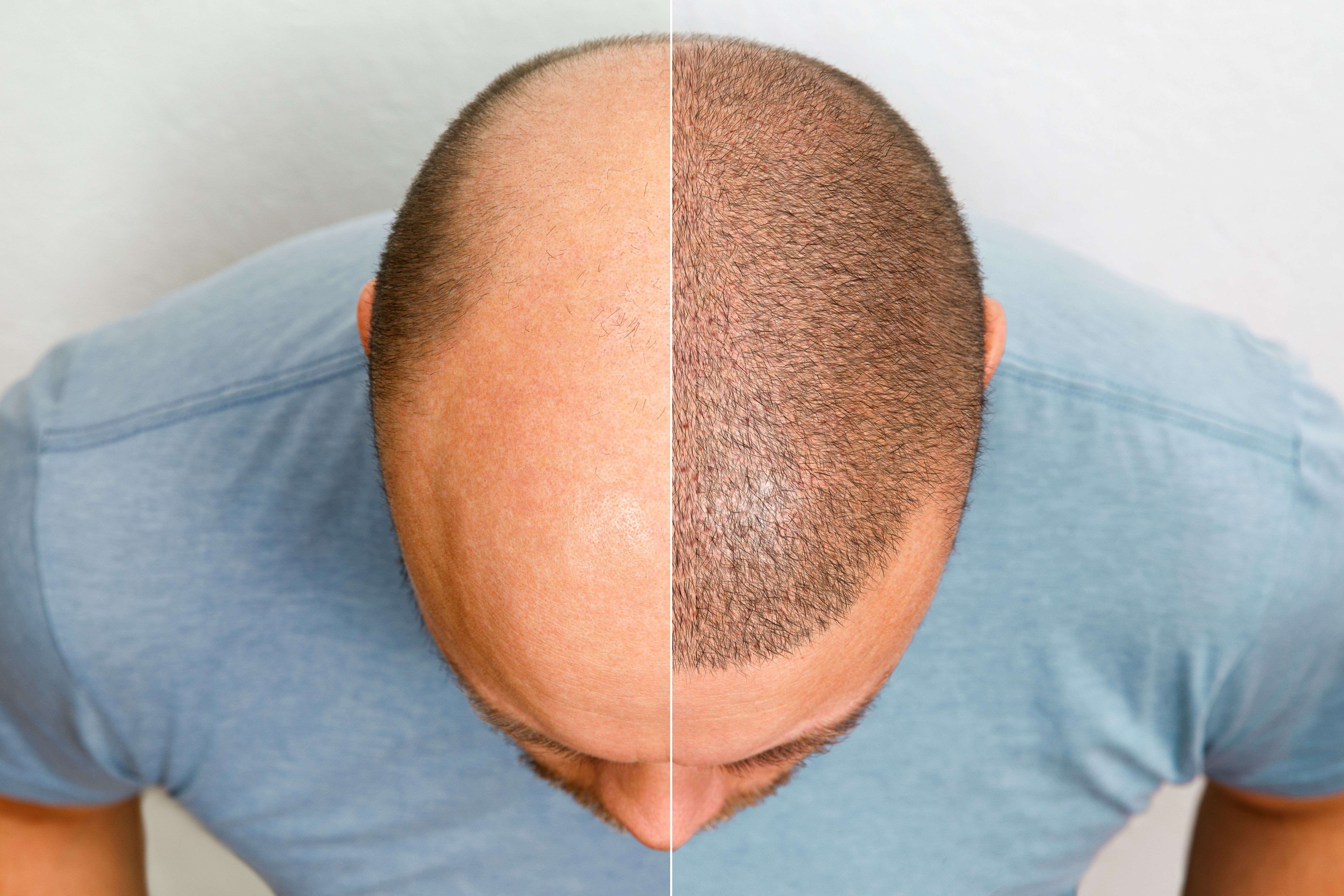Understanding Hair Transplants: Weighing the Pros and Cons
Ir
Introduction to Hair Transplants
Hair loss can be a distressing experience, impacting self-esteem and confidence. For those seeking a long-term solution, hair transplants are often considered. This procedure involves moving hair follicles from one part of the body to the balding or thinning areas. But like any medical procedure, it's crucial to weigh the pros and cons before making a decision.

Benefits of Hair Transplants
One of the major advantages of hair transplants is their ability to provide a permanent solution to hair loss. Unlike temporary fixes such as wigs or hairpieces, transplants offer a natural look and feel, as they use the patient’s own hair follicles. Modern methods such as FUE (Follicular Unit Extraction) and FUT (Follicular Unit Transplantation) can recreate realistic hairlines and density patterns.
Another significant benefit is the minimal maintenance required post-procedure. Once the transplanted hair starts growing, it continues to do so naturally, requiring no special shampoos or chemicals to maintain hair density.

Boost in Confidence
Many individuals find that hair transplants greatly enhance their self-esteem. With a fuller head of hair, people often feel more confident in social and professional settings, which can positively impact their quality of life.
Drawbacks to Consider
Despite the benefits, there are some drawbacks to consider. Hair transplants can be costly, with prices varying depending on the extent of hair loss and the number of grafts needed. Additionally, insurance companies typically view this as a cosmetic procedure and may not cover the costs.

Continuing other treatments
Even after a successful hair transplant, it’s crucial to continue medical treatments such as finasteride (and often minoxidil) to maintain long-term results. A transplant moves healthy follicles into thinning areas, but it doesn’t stop the ongoing miniaturisation of native hairs caused by DHT.
Without medication, surrounding non-transplanted hairs can continue to thin and shed, leading to patchy results over time. Finasteride helps by blocking DHT, preserving existing hair density and protecting your investment in the transplant. Many surgeons recommend continuing finasteride (or a topical alternative) indefinitely to stabilise loss and ensure a consistent, natural look for years to come.
Potential Side Effects
There are potential side effects associated with hair transplants. Some people may experience scarring or uneven hair growth post-surgery. Furthermore, recovery time can vary, with some individuals experiencing soreness and swelling for several weeks after the procedure.
Choosing the Right Surgeon
Choosing a qualified and experienced surgeon is crucial for achieving the best results. Research thoroughly and consult with multiple professionals before deciding. Look for surgeons who have a proven track record and can provide before-and-after photos of previous patients.

Conclusion
Ultimately, deciding whether a hair transplant is right for you involves careful consideration of both the pros and cons. While the procedure offers a promising solution to hair loss, it requires an investment of time, money, and trust in a skilled professional. By weighing these factors, you can make an informed choice that aligns with your personal needs and expectations.
